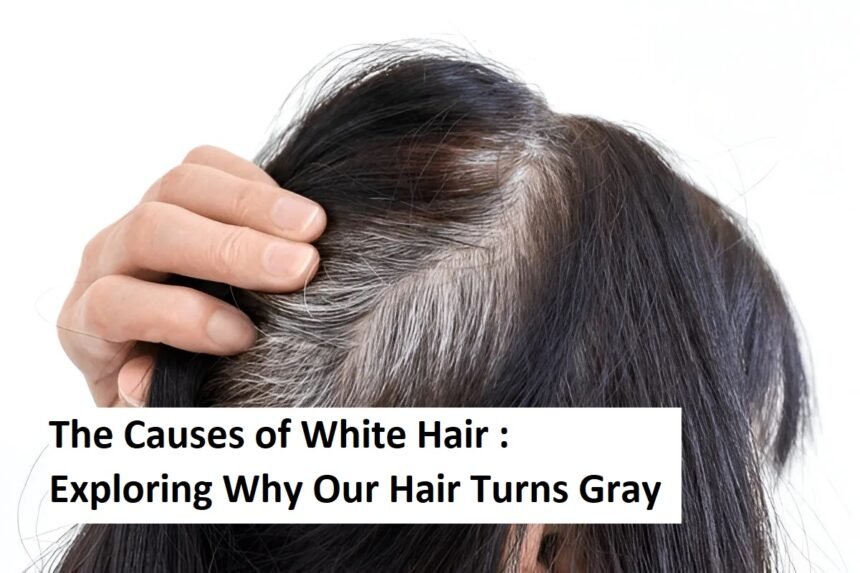Introducing
As someone who’s absolutely fascinated by the mysteries of the human body, the topic of white or gray hair is always intriguing. Why do those silvery strands appear, sometimes when we’re still young? I hope you’re as curious as I am, because unraveling the reasons behind white hair isn’t just about aging—it’s about genetics, lifestyle, and a touch of everyday magic (or mischief, depending on your perspective).
Let’s get straight to the heart of the matter: hair color is determined by pigment-producing cells called melanocytes. When these tiny cells are doing their job, they inject melanin into each hair strand, resulting in those rich blacks, browns, blonds, and reds we all know. But when melanocytes slow down or die off, the supply of melanin decreases. Less pigment equals lighter hair, and voila—you spot your first white or gray hair.
1. The Role of Genetics
Our genes are the biggest contributors here. If one or both of your parents sported gray hair early on, there’s a good chance you’ll follow suit. Some people can count their silver hairs by their late teens or twenties (lucky or unlucky?), while others enjoy their natural color into their fifties or beyond. There’s no denying the sway that family history holds over our hair color destiny.
2. Age: The Classic Culprit
It’s almost universal: as we grow older, so does our hair. Most people notice a gradual lightening starting in their thirties or forties. The science is clear: with each hair growth cycle, some melanocytes simply retire. The process is totally natural—in other words, gray hair is just proof that you’re living life!
3. Stress: Fact or Myth?
Here’s where it gets a bit controversial. You’ve probably heard stories of people going gray overnight from shock or anxiety. While chronic stress does have negative effects on the body, science says its connection to white hair is more indirect. Some recent studies suggest that prolonged stress may impact stem cells responsible for melanin production, but it’s not as immediate as one really bad Monday at work. Still, managing your stress certainly benefits your hair (and everything else).
4. Medical Conditions and Deficiencies
Certain health issues can cause premature graying. For example, autoimmune conditions like alopecia areata or vitiligo can interrupt melanin production. Thyroid disorders are another common factor, as hormonal imbalances wreak havoc on melanocyte functioning. Then there are vitamin B12 deficiencies or problems absorbing certain nutrients—your body’s way of reminding you to eat your veggies.
5. Lifestyle, Habits, and Environmental Factors
Our daily choices matter more than we think. Smoking, for instance, is strongly associated with early graying, likely because it increases oxidative stress in the body. Constant exposure to pollutants, poor diet, and even repeated use of harsh hair treatments can speed up the appearance of white hair. It seems our hair is always eavesdropping on how we treat ourselves.
6. Ethnicity and Natural Variation
Here’s a fascinating tidbit: white hair doesn’t appear at the same age for everyone globally. Caucasians tend to start going gray in their mid-thirties, Asians in their late thirties, and those of African descent often even later. Nature likes to keep us guessing!
What Can You Do?
While we can’t exactly rewrite our genetic code (not yet, anyway), there are ways to potentially delay the arrival of those silvery guests. Eating a balanced diet rich in antioxidants, managing your stress, and not smoking are constructive choices. Medical advice is always best if you notice sudden or unusual changes—sometimes, your hair is just waving a flag about your overall health!
In the end, white hair is an ordinary but remarkable part of being human. Whether you decide to dye, embrace, or simply ignore those strands, remember: every gray or white hair is proof that you’ve seen, learned, and lived a little more every day. And that is something to be proud of.












